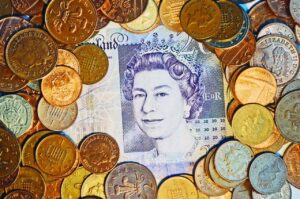The daily turnover on the Forex market is mostly generated by trading the currency pairs Euro and US Dollar, US Dollar and Japanese Yen, Pound and Dollar and the currency pair US Dollar and Swiss Franc. These mentioned currency pairs are called majors.
The participants’ currency transactions are based on the principle of buying or selling one currency against the other. The first currency of the currency pair is called the base currency, and the second currency is called the quote currency. With such a large turnover, it is not surprising that Forex trading is becoming more and more popular. Just as with other securities, large price fluctuations occur due to the occurrence of unpredictable events. Strong fluctuations occur, for example, during political unrest. Even an election result can lead to price fluctuations.
Market Orders
A market order is a trading order without loss limitation. These trading orders are executed without regard to the movement of the traded currency. The trader takes a high risk with this type of trading order, as the currency rates can develop not only positively, but also negatively. If the trading order is not executed by an automatic loss limitation, for example “stop loss”, the order will be executed even in case of a loss in value due to a fall in the currency rate. For this reason, risk-conscious traders and beginners should only place limit orders.
Open Orders
With an Open Order, the trading order remains in place until it is cancelled and executed by the trader. An Open Order can also be given a time limit and expires automatically when this time is reached. An Open Order is therefore an open trading order that has not yet been executed or cancelled. The trader can set a limit for his open orders in order to limit his risk of loss. When this loss limit is reached, the order is automatically cancelled if the price of the traded currency exceeds or falls below a previously set limit.
Note: If the trader buys a currency, he takes the long position, if he sells it, he is in the short position. The currency trader buys a currency (long position) if he expects that the traded currency will increase in value and can be traded profitably afterwards. If, on the other hand, the trader expects the traded currency to lose value, he is anxious to sell it again as soon as possible (short position).




